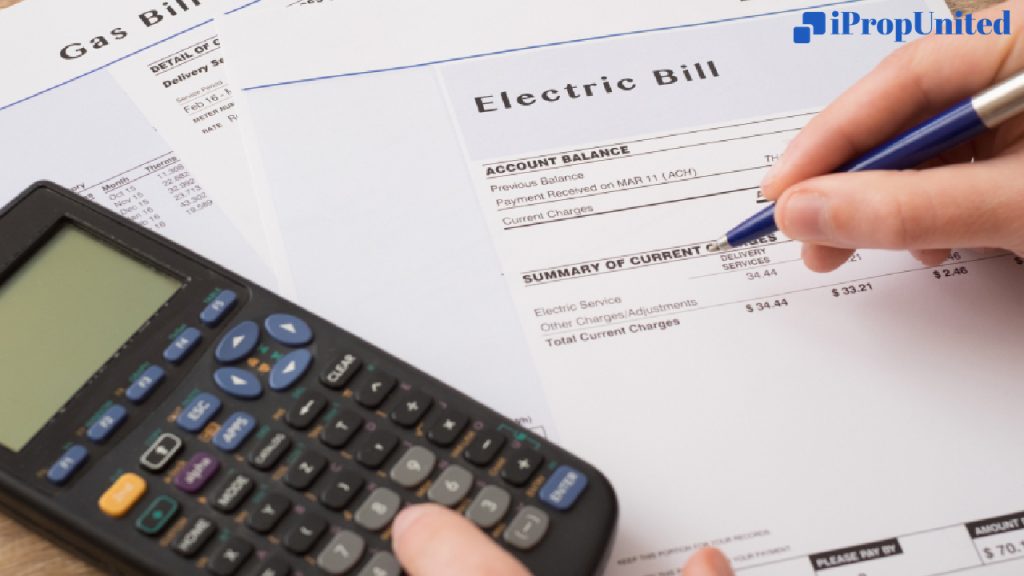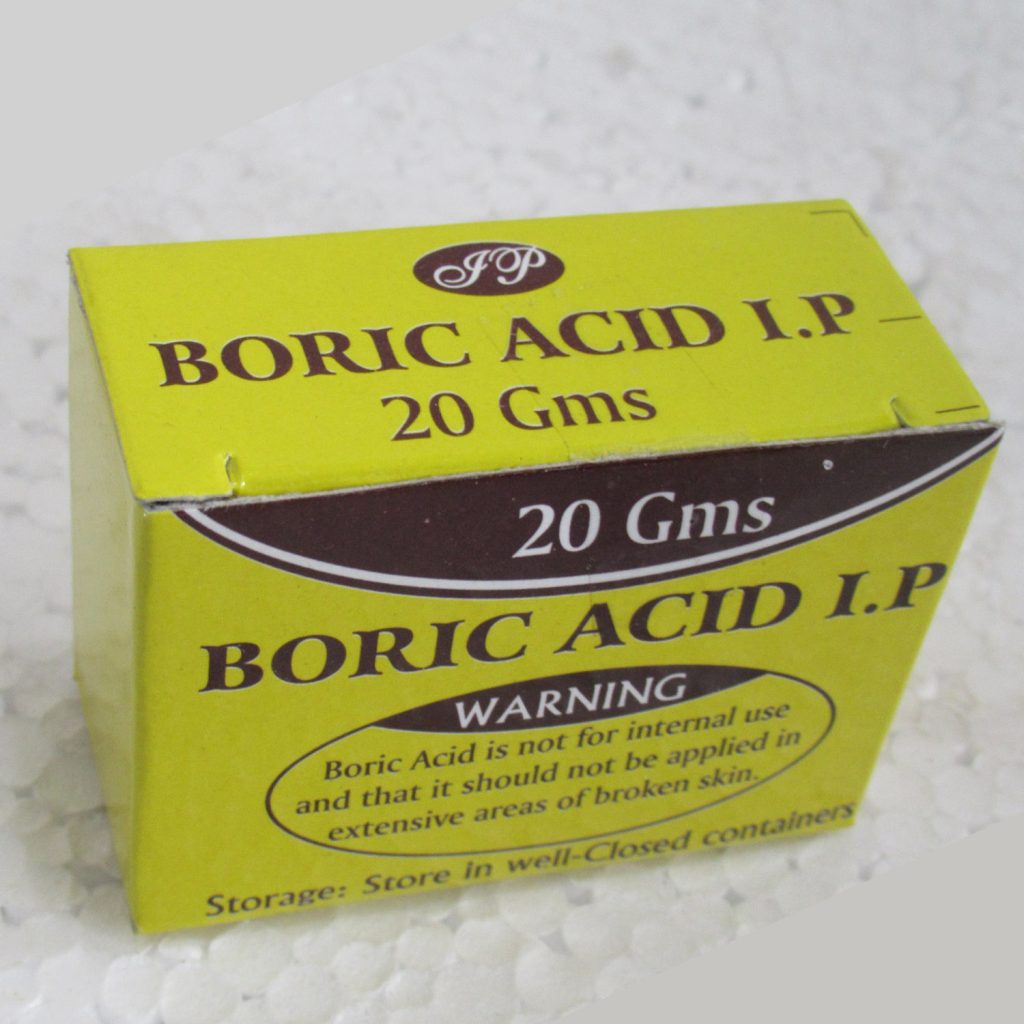Delhi is the most reputable city for civil engineering graduates to find work. From their infrastructure to the various sources that give the area its culture and wealth of resources, everything is excellent. You’ve come to the right place if you’re looking for the best civil engineering jobs at the best construction firms in Delhi. Please check the comparison below for a better understanding.
Fresh graduates in Delhi are constantly looking for the right construction company and job in Delhi. This is due to the fact that they will want to secure a job right after graduating and earning their degrees by submitting their CVs or even through career employment sites. The main reason is that these graduates are highly skilled, and some businesses might need their talent.
For those graduates looking for work in the construction industry as well as other job seekers, Delhi is a sea of opportunities. Here in Delhi, you can find job openings and the best construction projects. Companies like Hindustan Limited and others have a strong foothold and are constantly on the lookout for freshers who can apply immediately.
Best Construction Company in Delhi
We have compiled a list of the best construction companies in Delhi where you can easily apply to streamline the process and even ease the strenuous job search.
1. Anjara India Ltd

Anjara India is one of the most well-known companies in the real estate industry, and their company has been growing and succeeding for many years. One of the primary reasons that this company remains at the top is due to the numerous job roles that they have right in the company. Since its inception in 1991, this company has grown to become a major player in the real estate market. This is the ideal company to work for if you want to work in a field with a diverse product mix. Its offerings range from the retail industry to hospitality and beyond.
2. DLF India

DLF India has established itself as one of the country’s leading construction firms from the very beginning. They currently have a growth and track record of 70 years, which has aided them in managing success and putting new strategies into place over time. DLF India, which began as a modest project by a few brilliant minds, has established itself as one of the best businesses to work for. The business uses a distinctive business model for everything from its rentals to its development. One of the key differences between it and its competitors is its approach to segmenting and pipelining its various brands. DLF India is currently at the top of their game because they are present in 24 cities across India and 15 other countries.
3. Omaxe

Omaxe is one of the most reputable companies in the real estate industry. Omaxe currently holds the top position in the industry with more than 109 million square feet of space. Omaxe was created by an investor who wanted to share his dreams and turn them into a successful business. Mr Rohta Goel laid the groundwork that has allowed this company to stand out among the best. Their business has integrated management from Hi-Tech Townships, Group Housing, shopping malls, and even office spaces throughout Delhi, and they now have a presence in nearly 27 countries. You can read their employee reviews, which can be found on various job posting websites, if you’re interested in working here.
4. BPTP Limited

BPTP Limited is a leading construction firm in Delhi, India. They have been in the business for years, serving with 30 ongoing projects and building an eco-friendly community called Terra. The firm has contributed to giant projects throughout India, which makes them a highly reputable company. They have even worked with IPE Cavalli, one of the biggest names in Italian design, on some of the most notable projects that set them apart from the rest of their rivals.
5. Jaypee Group

Jaypee Group has a highly acclaimed Engineering and Construction wing making it one of the most acknowledged leaders in the construction industry. One of its unique accomplishments is the simultaneous operation of over 13 super hydropower projects spread across multiple nations, including Bhutan. The management at their company is of the highest caliber, and some of the most influential people control internal operations to maintain pro-choice development. For many fresh civil engineering graduates, working here might be their dream job.
6. Gaurs Group

Sh. B.L. Gaur founded the company in 1995, and since then, it has grown steadily. The Gaurs Group has been engaged in some notable industry projects from the beginning, which has aided their founders and leaders in making a name for themselves during difficult and tenacious times. This is the best place for you to start if you are a fresh graduate looking for employment opportunities in Delhi.
7. Unitech Group

Due to its popularity and ongoing development in the field of real estate development and management, you may have heard the name a few times. Unitech Group is a well-known player who has long been involved in this industry. They have a solid reputation because they have diversified the product market they work in. You can learn more about their work by looking at their portfolio. They have worked on prestigious commercial projects, as well as malls, hotels, schools, and other buildings. If you want to send your CV here, this is a good place to start.
8. ETH Infra

Since its founding in 2013, ETH Infra has gradually expanded its business operations while also growing and diversifying. Due to their innovative development and execution of some of the most notable commercial projects, they are currently one of the most notable sectors of the real estate industry. They have contributed to residential, commercial, shopping mall, and other projects that have helped their infrastructure stand strong. They have built a solid reputation over the course of their business, which makes them the ideal fit for a good organization.
9. Simplex Infrastructure Limited

Simplex Infrastructure Limited has distinguished itself as one of the real estate market’s most diversified businesses for a number of reasons. First, they have 90 years of experience working in the real estate market. They have contributed to numerous projects and business ventures, which has elevated their reputation. They also promote a cultural area that is rich in employment opportunities, which is ideal for graduates looking for work.
10. Dynacon Projects Pvt. Ltd.

Dynacon Projects is a leading construction company in Noida, Delhi, and the National Capital Region (NCR). They have worked with some of the top brands and industrial developments in Delhi over the years. You can directly apply on their job site, which is actively hiring, if you want to drop your resume here.
These are some of the most well-known and well-deserving Top Construction Companies in Delhi. You can get in touch with them through their contact page if you want to work for these businesses and pursue a flying career with a variety of opportunities.
Follow and Connect with us: Twitter, Facebook, Linkedin, Instagram



































